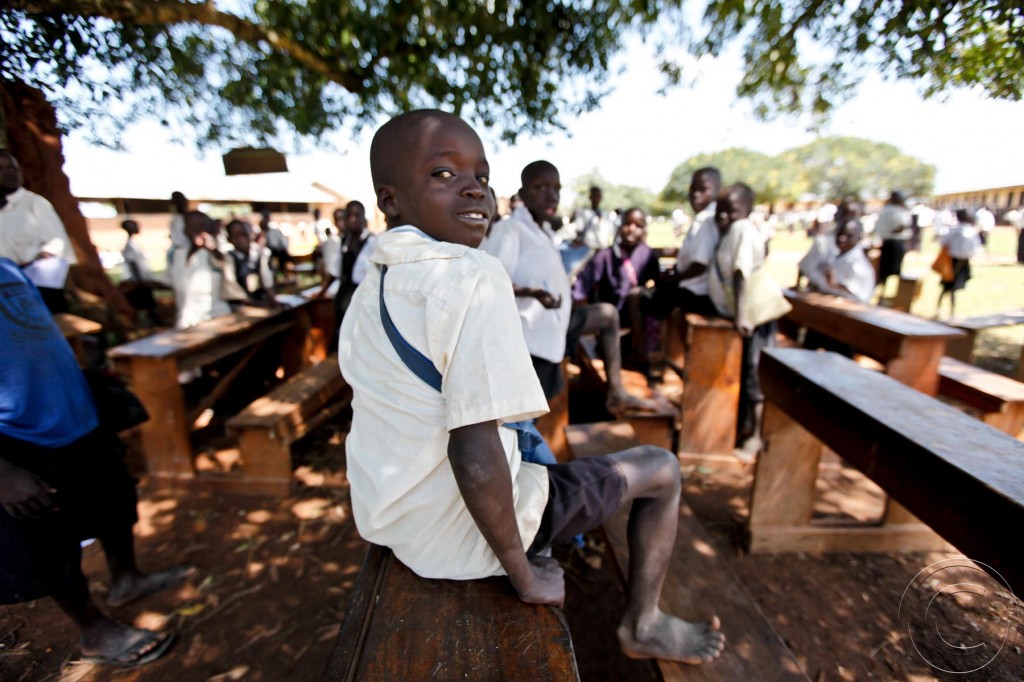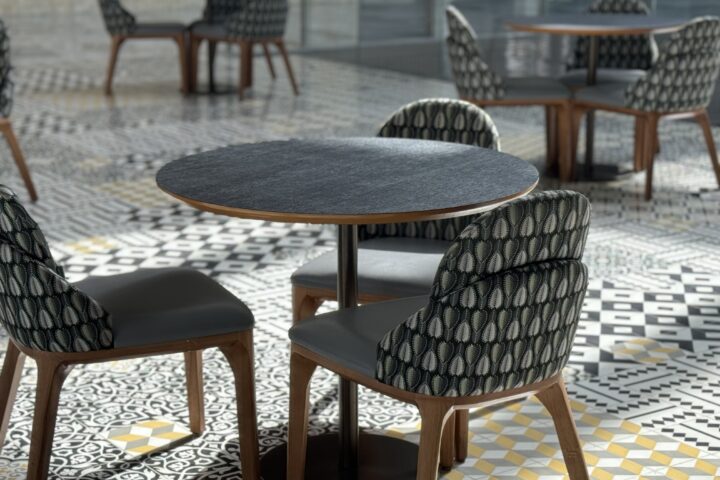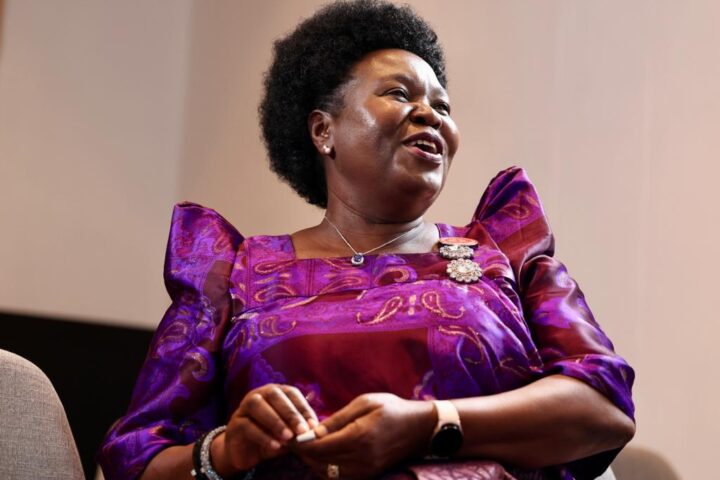Southern Sudanese refugees in the districts of Moyo and Adjumani now outnumber locals in those areas according to the United Nations High Commission for Refugees (UNHCR).
In a monthly internal report ( for November) by the agency seen by this blogger, at the end of October 2017 there were one million, four hundred thousand, two hundred and eighteen refugees (1, 400, 218) registered over all in the country.
The bulk of these, slightly over a million are from South Sudan.
In Moyo district fifty-six percent (56%) of the entire population is now made up of refugees. In Adjumani sixty one (61%) of the population of the district is made up of refugees. The numbers for Yumbe and Arua are 34% and 23% respectively.
Tension between locals and their refugee neighbors is growing and likely to increase as services, already traditionally stretched in these areas, nears breaking point. Local sources suggest recent protests over the state of roads in the districts and mob violence in the township of Adjumani are associated with the growing disquiet between the host and refugee communities.
Uganda’s open arm policy on refugees hailed as one of the most progressive in the world has been criticized for not matching its ambitious generosity with resources for planned development in the host areas. Some areas such as the full impact on land and environment by the refugee population remained mostly unaddressed by the United Nations, the government of Uganda and its partners.
According to UNCHR just 32% of its South Sudan Response Plan has been funded but local leaders say major gaps in what the United Nations considers refugee assistance and broad development challenges such as to roads, electricity, health and education etc exist because no clear boundaries are marked ( or are possible) within the policy space that treats refugees as virtually newly arrived citizens.











In fact at the beginning of this year, I met with a primary school teacher as he carried on registration of children coming to his school in moyo. He was tightly fenced with kids that I barely had time to interact with him. There were 1200 pupils registered at that time, in a school that used to have not more than 500 pupils with its two blocks of classroom and toilet.